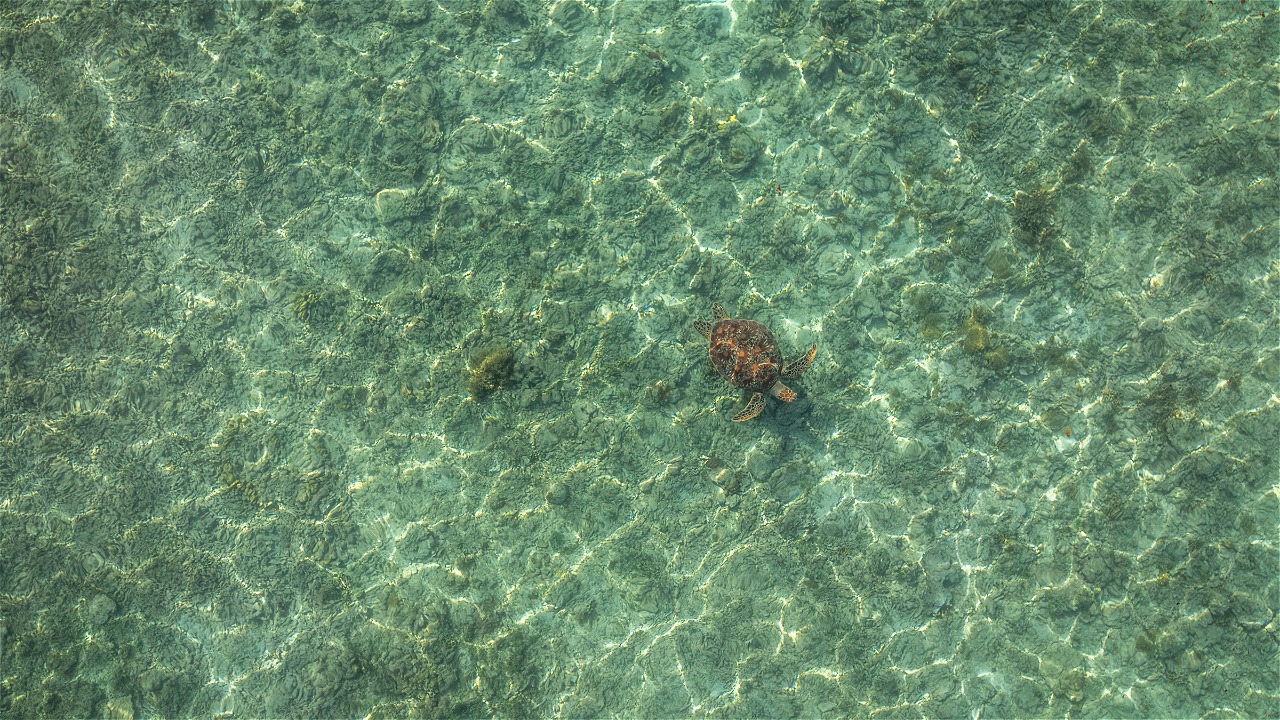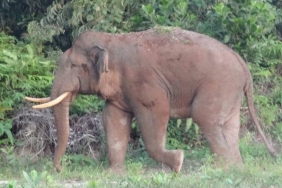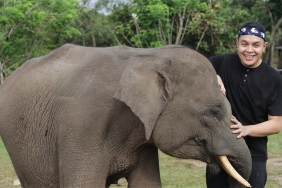COLD-BLOODED CREATURES WHO NEED DONATIONS
Reptiles are often portrayed as terrifying human predators in thrillers and science fiction movies. However, their ferocity is often exaggerated because in reality, some species are actually endangered due to human savagery.
Reptiles include crocodiles, snakes, lizards, turtles and tortoises. Worldwide, there are 6,500-10,000 species of reptiles that can be found on all continents except Antarctica. They are characterized by being cold-blooded, scaly, and laying eggs.
Of all the reptile species, the Siamese Crocodile, Antiguan Racer Snake, and Green Turtle are the most endangered and conservation efforts have been made to protect them from extinction.
Siamese Crocodile
Siamese crocodiles, native to Southeast Asia, are now on the brink of extinction. They are a unique species of crocodile as they live together in groups. In 1992, this species was thought to be extinct. However, it was later discovered that Siamese crocodiles still live in the Mekong River and Cambodia, although their numbers are decreasing. Hunting and disturbance of their habitat are responsible for the decline of the Siamese Crocodile population. These crocodiles now live in areas that are difficult for humans to access.
Antigua snake
In 1930 and 2009, the Antigua Snake was declared extinct, but both estimates were wrong. They are still seen on Great Bird Island. In 1995, the Antigua Snake was declared the rarest snake in the world. There were only 50 of them left. Since then, conservation efforts have been made to reduce the number of alien species such as the Javanese Garangan or Asian Mongooses that threaten the lives of these snakes. Today, the number of Antigua Snakes is growing. In 2013, their number reached 1,000. However, their habitat is still threatened by the intrusion of tourists who come to Antigua and Barbuda, the island nation that is their conservation site.
Green Turtle
Green turtle populations can generally be found close to the coast. They can be found in Africa, Southeast Asia, Australia, and the South Pacific Islands, although they can also be found in Mediterranean waters and sometimes in northern waters as far as the coast of England. Green turtles are an endangered group of animals. Each year around 100,000 green turtles are killed in the Indo-Australian archipelago. As many as 30,000 green turtles are captured in Baja, California and more than 50,000 turtles are killed in Southeast Asia and in the South Pacific. In many countries, sea turtle hatchlings are captured, preserved and sold as souvenirs to tourists. Sea turtles are also often caught in fishing nets and drowned. In addition, many of their habitats have been damaged by humans, making it difficult for them to lay eggs and find food. No wonder their population is shrinking.
Twit Using WWF Emojis
People are now accustomed to communicating using mobile phone applications and expressing expressions through various types of emojis, including animal emojis. It turns out that of the animal emojis that can be used on mobile phones, 17 of them represent categories of animals that are on the verge of extinction such as the Siamese Crocodile, Antigua Snake, and Green Turtle.
WWF responded to this public habit by launching the #EndangeredEmoji campaign, a fundraising method that also aims to educate the public about endangered animals. Since its launch, the #EndangeredEmoji campaign has proven effective as a medium for ordinary people to participate in protecting endangered animals.
Every time someone posts a new status on Twitter using a protected reptile emoji, they make a donation of 0.10 Euros. Do you want to donate too? Learn about the donation scheme via www.endangeredemoji.com.
Article source:
http://www.crocodilesoftheworld.co.uk/animals/crocodylus-siamensis.html





